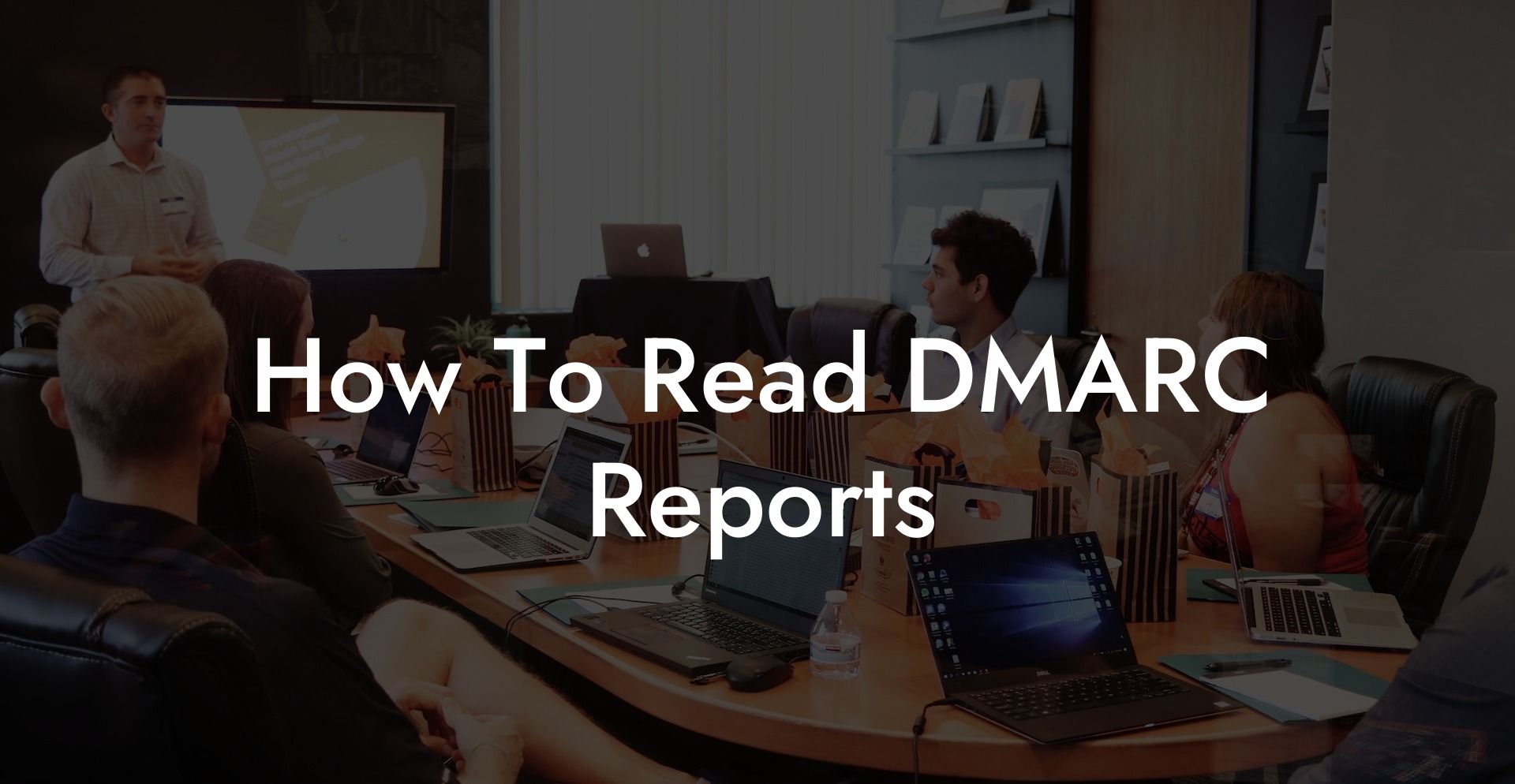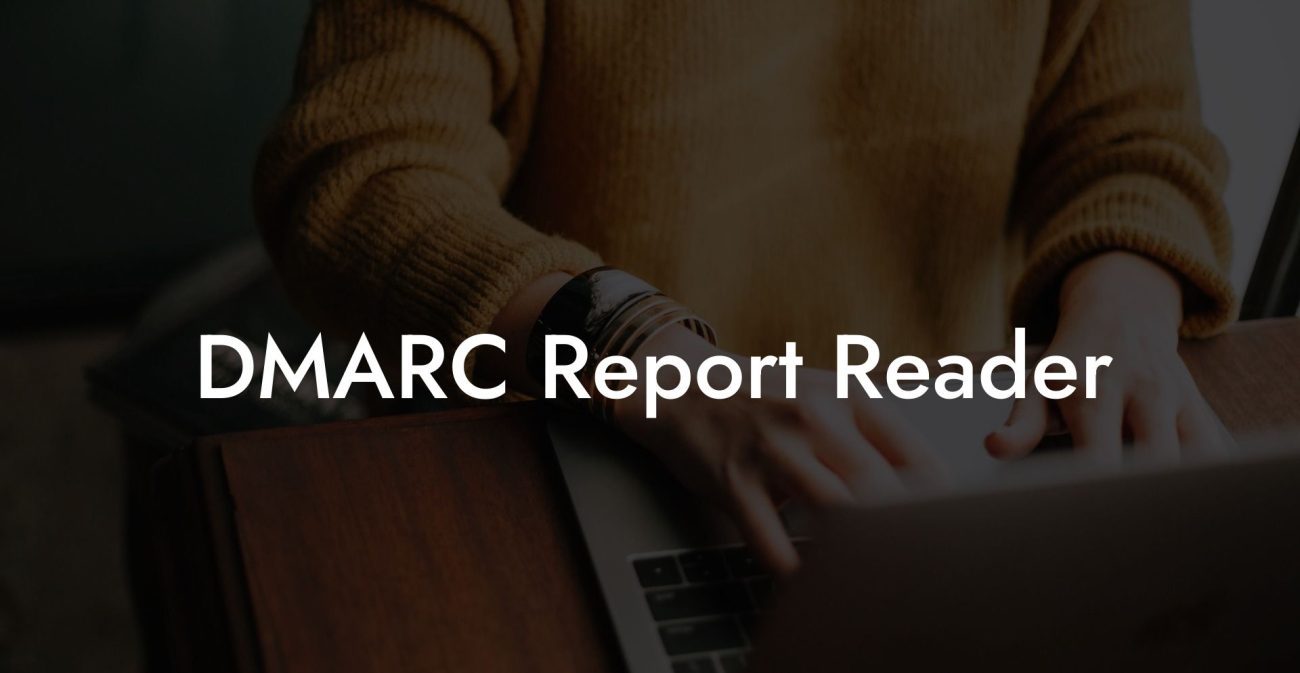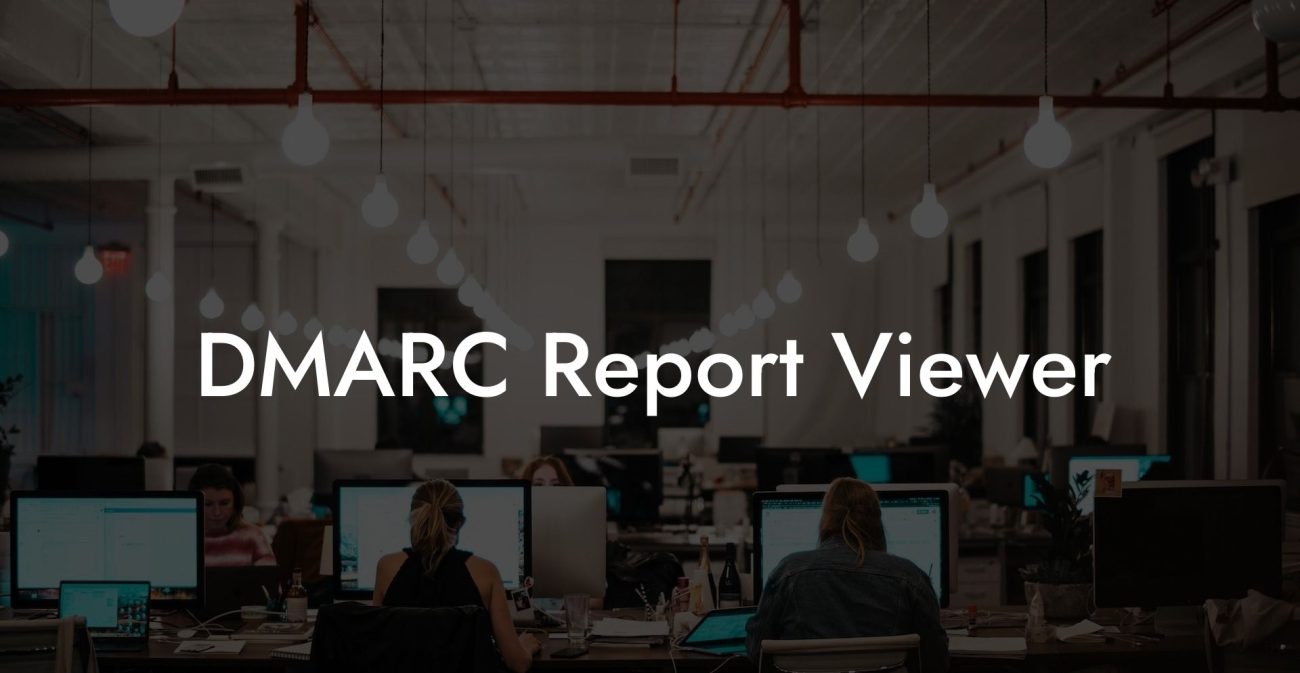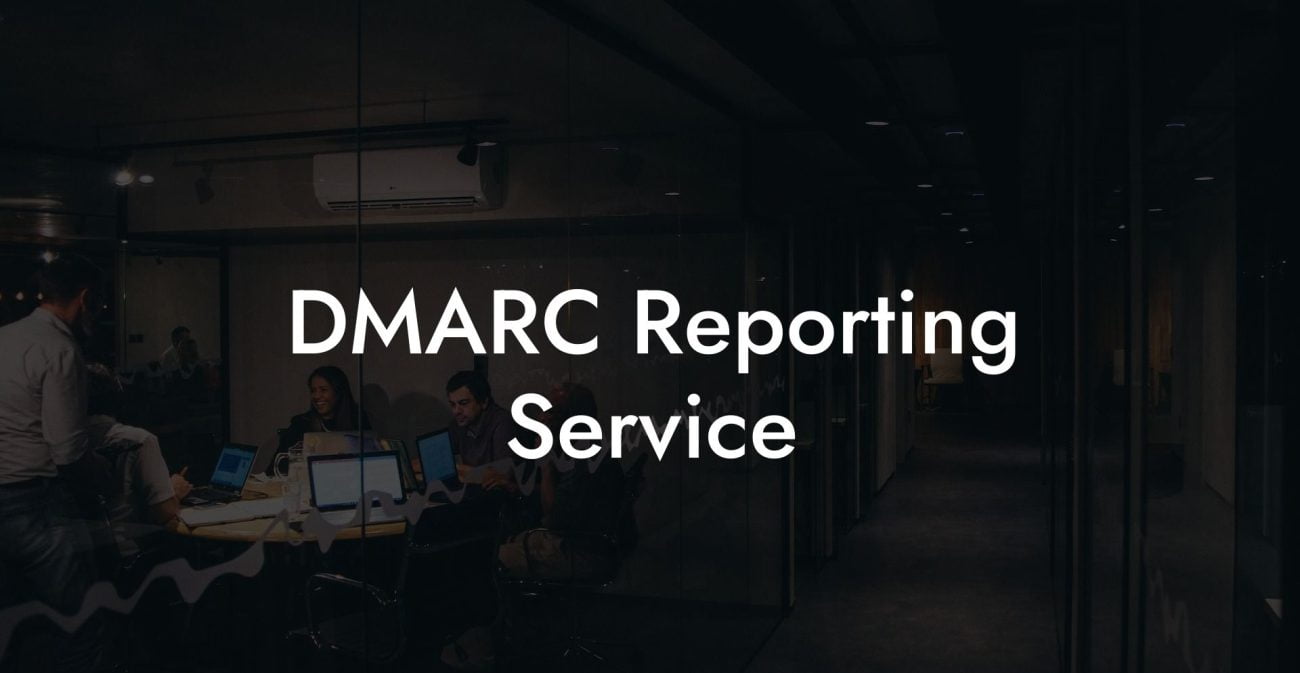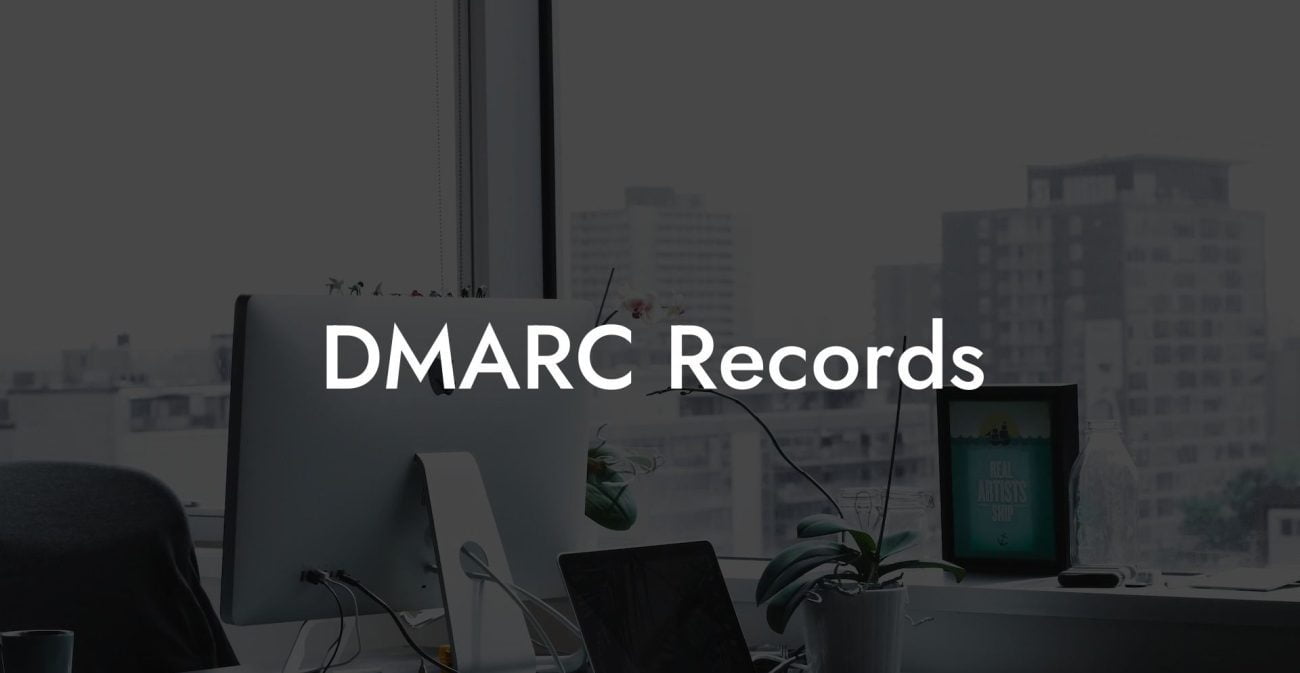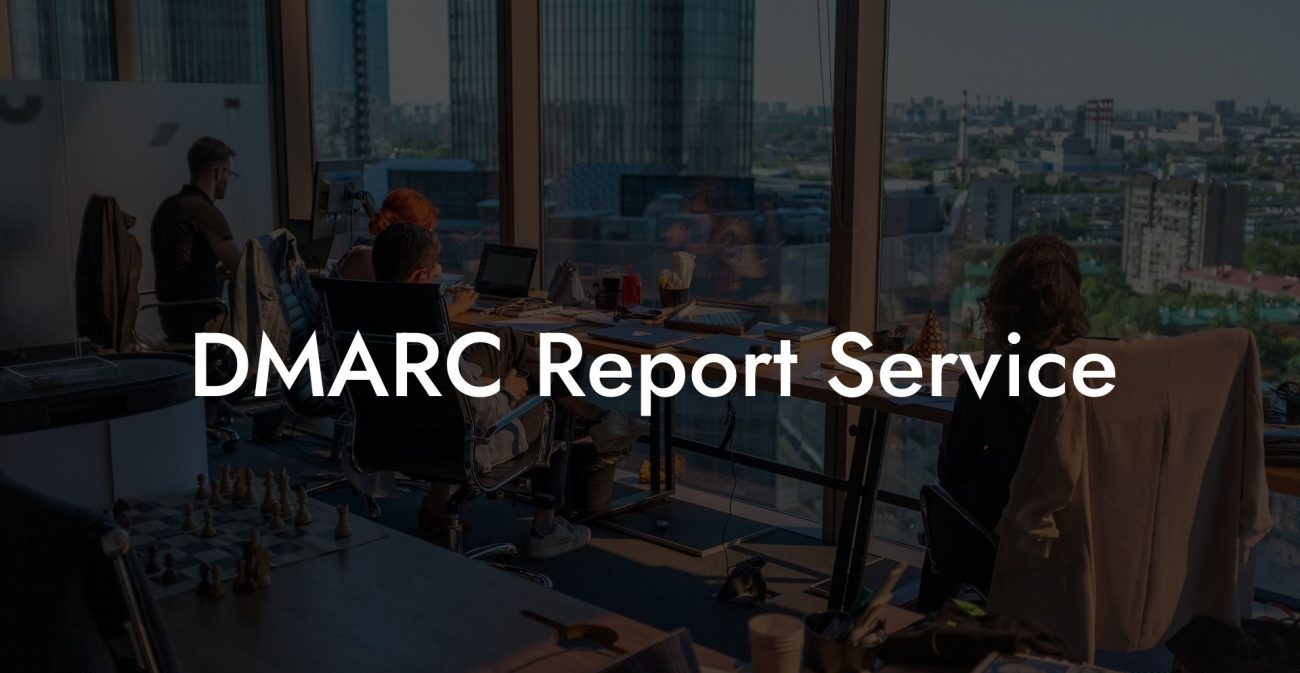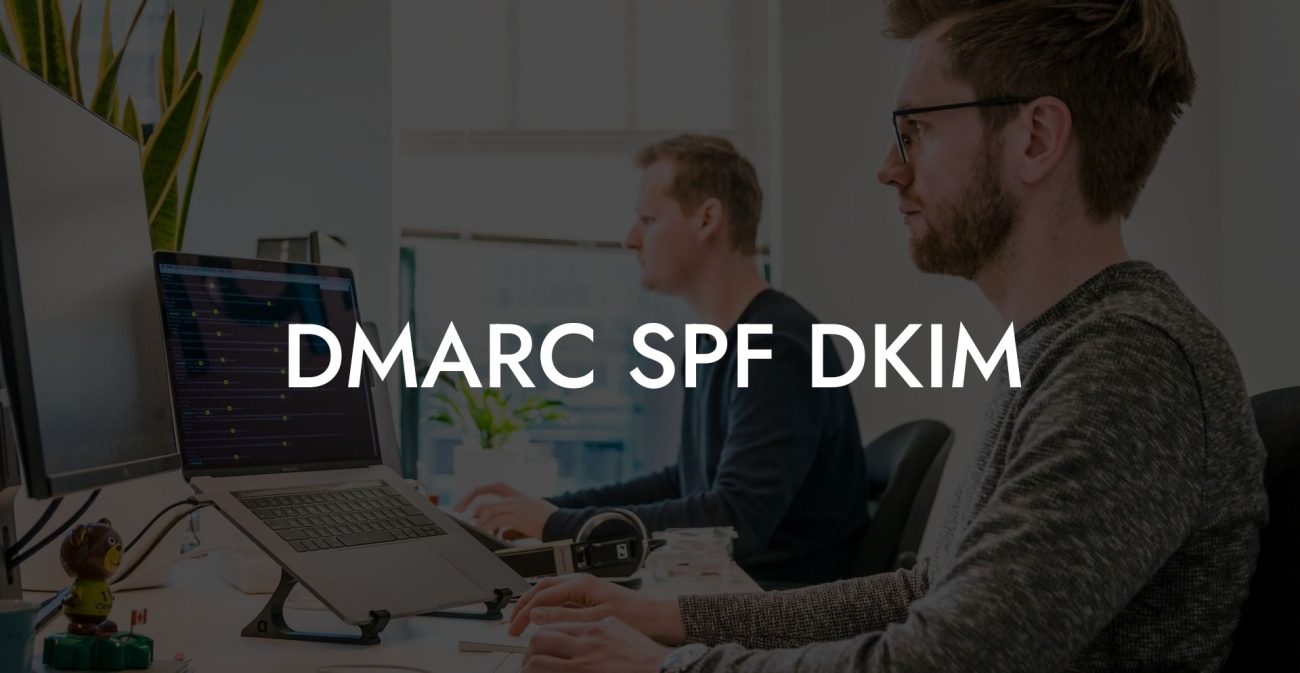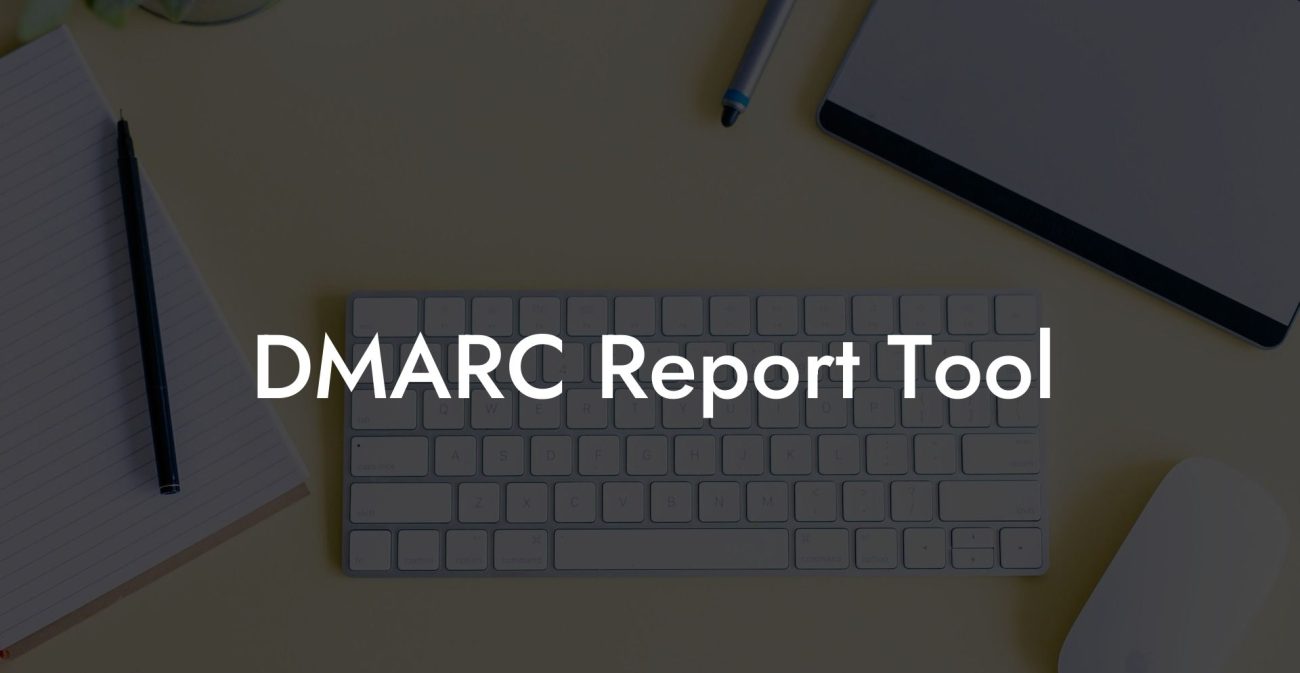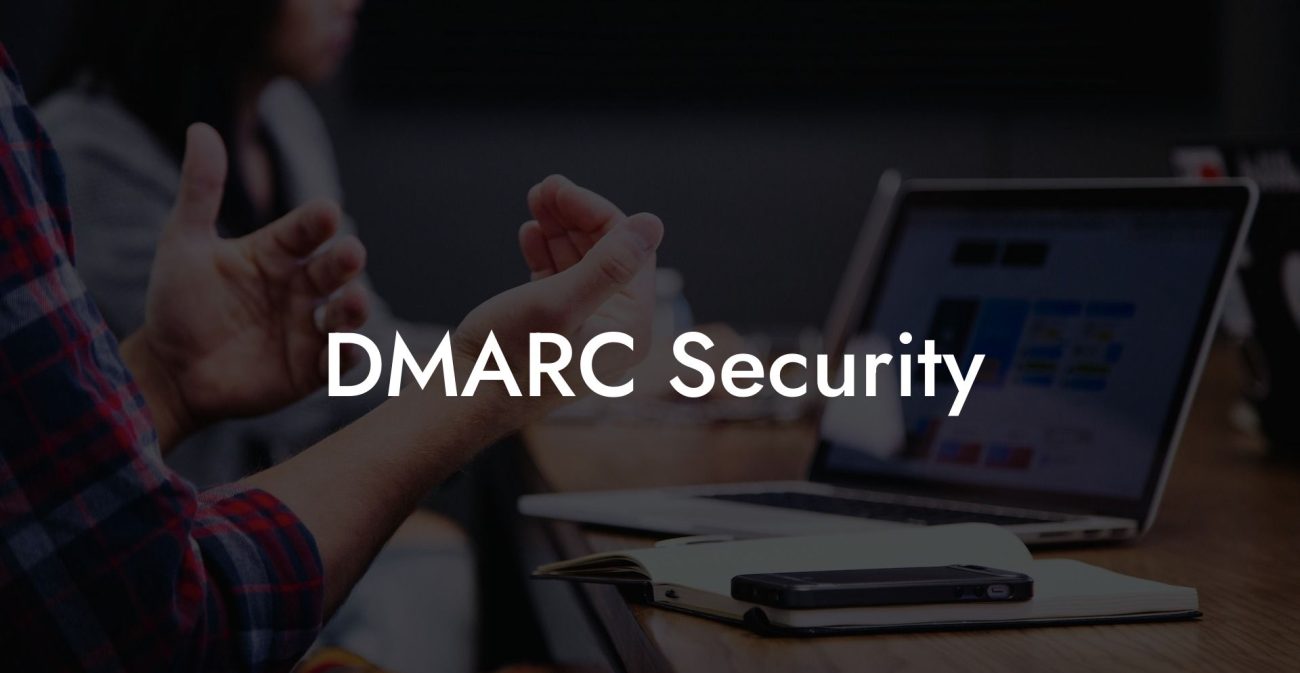Email security is an important aspect of cyber protection for individuals and organizations alike. One crucial component in email security is Domain-based Message Authentication, Reporting, and Conformance (DMARC). In this blog post, we will demystify DMARC reports, guiding you on how to read and interpret them to enhance your email security and keep your online communication safe from phishing attacks.
How To Read DMARC Reports Table of Contents
Reading Aggregate DMARC Reports
Understanding DMARC
DMARC is an email authentication protocol designed to prevent email spoofing and phishing attacks. It builds upon two other authentication methods: Sender Policy Framework (SPF) and DomainKeys Identified Mail (DKIM).
Protect Your Data Today With a Secure Password Manager. Our Top Password Managers:
DMARC allows domain owners to specify policies for how their domain's emails should be handled if they fail SPF or DKIM checks and to receive reports on failed messages. These reports contain valuable insights into potential phishing threats or misconfigurations in email authentication.
Types of DMARC Reports
There are two types of DMARC reports:
- Aggregate Reports: These are daily XML-based reports that provide a high-level overview of how a domain's emails are performing in terms of DMARC compliance. They contain information about the source of emails, the volume of emails received, and the number of emails that passed or failed DMARC checks.
- Forensic (Failure) Reports: These are individual message-based reports that provide insights into specific email messages that failed DMARC checks. Forensic reports contain detailed information about the email header, body, and authentication results.
Reading Aggregate DMARC Reports
Although DMARC aggregate reports are XML-based, there are several online tools available that can help you convert XML data into a readable format. Here are the key components of an aggregate DMARC report you need to focus on:
- Report Metadata: Contains basic information about the report, such as the date range, reporter (usually the receiving email server), and your DMARC policy settings.
- Record Tags: Include source IP, sender domain, DKIM/SPF domains, and the result tags that record the authentication results.
- Domain Alignment: Shows whether the sender domain aligns with the domains in SPF and DKIM records (alignment is crucial for DMARC compliance).
- Policy Evaluation: Indicates the action taken (none, quarantine, or reject) for emails that fail DMARC checks based on your policy settings.
- Message Statistics: Provides a summary of the total messages received, how many passed or failed DKIM/SPF, and how many were considered fraudulent based on DMARC policy.
Interpreting Forensic DMARC Reports
Forensic DMARC reports provide detailed information about individual messages that fail authentication checks. Here's what to look for when reading a forensic DMARC report:
- Authentication Results: Shows the DKIM and SPF results, domain alignment, and final DMARC evaluation.
- Email Headers: Contains the email sender, recipient, subject, and date-time information. This can help you identify spoofed or phishing emails.
- Email Content: Contains the full body of the email, including any suspicious or malicious links or attachments that can compromise the recipient's security.
How to Use DMARC Reports to Improve Your Email Security
After analyzing DMARC reports, you can take the following steps to enhance your email security:
- Adjust DMARC Policies: If you notice a significant amount of fraudulent messages, adjust your policies to be more strict (e.g., moving from 'none' to 'reject').
- Improve SPF and DKIM Records: Ensure that your SPF and DKIM records are properly configured to increase the chances of DMARC alignment.
- Monitor Third-Party Senders: If you use third-party vendors for email marketing or other services, monitor their DMARC compliance and address any issues that arise.
- Report Phishing Attempts: When forensic reports indicate a phishing attempt, report the incident to the appropriate authorities, such as the Anti-Phishing Working Group (APWG).
How To Read DMARC Reports Example:
Imagine you receive an aggregate DMARC report that indicates that 200 emails from your domain failed DKIM and SPF checks, with 50 of them being flagged as fraudulent. After reviewing the forensic reports, you identify several phishing attempts targeting your customers with spoofed emails and malicious links. By adjusting your DMARC policy to reject all fraudulent messages and working with your third-party email provider to improve their DMARC compliance, you can significantly reduce the risk of successful phishing attacks against your organization and its customers.
Keeping your email communication safe from phishing attacks is crucial in today's digital world. Understanding and interpreting DMARC reports are essential for maintaining a strong email security posture. Don't forget to share this informative guide on reading DMARC reports with others and explore more cybersecurity content on our Voice Phishing blog. Together, let's build a safer digital space for everyone.
Protect Your Data Today With a Secure Password Manager. Our Top Password Managers:

